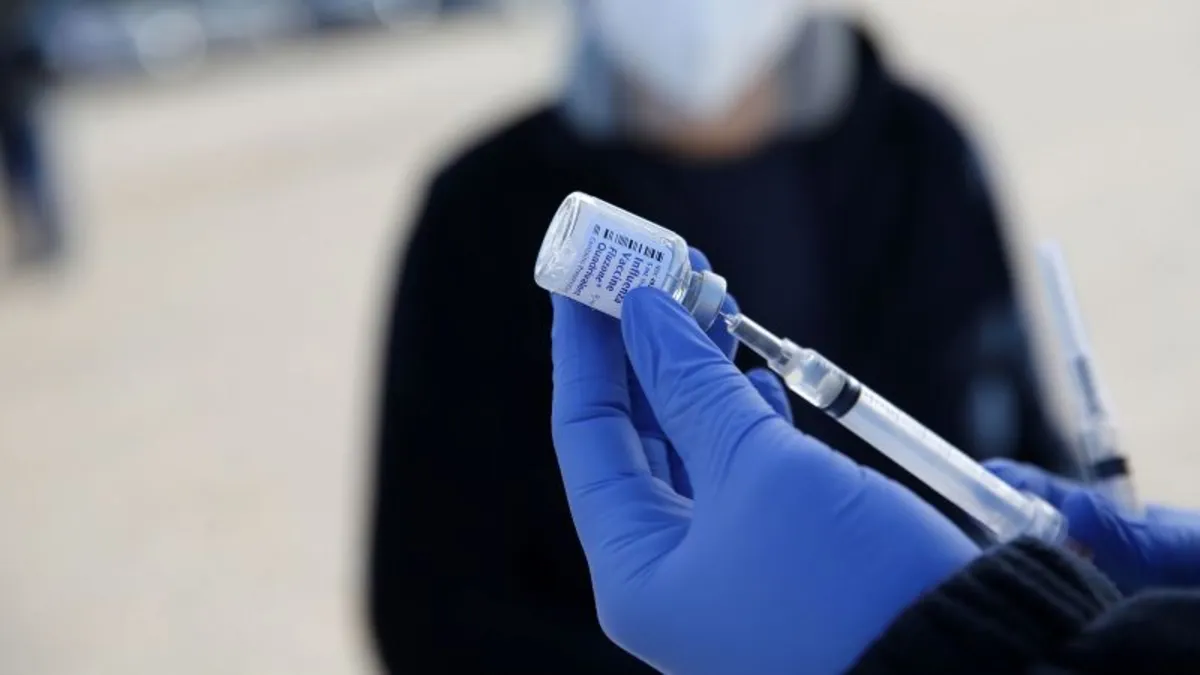
A century ago, one of the most pressing safety concerns regarding vaccines was bacterial contamination. In 1916, a tragic incident occurred in South Carolina when four young children died after receiving a typhoid vaccine contaminated with Staphylococcus aureus bacteria. This incident was followed by another tragedy in 1928, when twelve children in Queensland, Australia, lost their lives due to tainted immunizations against diphtheria. In response to these safety issues, vaccine manufacturers began using a preservative called thimerosal in the 1930s to prevent microbial growth in their products.
For over six decades, thimerosal was largely uncontroversial, with the US Food and Drug Administration (FDA) reporting that any ill effects were limited to minor local injection-site reactions. However, this perception shifted dramatically in 1999 when US health officials recommended that pharmaceutical companies eliminate thimerosal from vaccines. Although no evidence indicated that it caused harm in the amounts used, thimerosal contains a form of mercury, raising concerns about potential neurotoxicity when administered through childhood vaccinations.
In light of these concerns, vaccine manufacturers have since removed thimerosal from all but a few vaccines, such as multidose vials of the flu vaccine. Despite this, numerous studies have since confirmed that there is no link between thimerosal in vaccines and neurodevelopmental issues, including autism. Interestingly, autism rates have continued to rise, which has left public health experts perplexed by the renewed focus on thimerosal during a recent meeting of outside vaccine advisers to the US Centers for Disease Control and Prevention (CDC).
Dr. Sean O’Leary, a pediatrician at Children’s Hospital Colorado and a former liaison to the CDC’s Advisory Committee on Immunization Practices (ACIP), noted, “I actually don’t know any pediatric practices that even use that multidose influenza vaccine.” This meeting is particularly significant as it marks the first gathering of the committee since Health and Human Services Secretary Robert F. Kennedy Jr. dismissed its previous 17 members over alleged conflicts of interest, appointing eight new advisers in their place.
Concerns about the qualifications and backgrounds of some new ACIP panelists have been raised by public health experts and lawmakers alike. Just prior to the meeting, one member withdrew during a financial holdings review, leaving the panel with only seven members. The agenda includes a presentation on thimerosal in vaccines scheduled for Thursday morning, followed by proposed recommendations specifically addressing thimerosal in flu vaccines. The meeting will conclude with a vote on these recommendations, which could lead to an official CDC policy change.
The last-minute addition of thimerosal to the agenda has raised alarms among vaccine experts who consider the science regarding its safety settled. They fear that Secretary Kennedy, who previously led the anti-vaccine group Children’s Health Defense, may be attempting to create doubt about vaccine safety.
The thimerosal debate began to gain traction in 1997 when Representative Frank Pallone, a Democrat from New Jersey, attached an amendment to a US FDA reauthorization bill. This amendment aimed to require the FDA to catalog intentionally introduced mercury compounds in drugs and food. This initiative led to startling findings regarding thimerosal in vaccines, as it raised concerns that infants could receive more mercury than what was considered safe.
Dr. Walter Orenstein, former director of the National Immunization Program at the CDC, explained that while thimerosal contains ethylmercury, which is metabolized more quickly and is considered less toxic than methylmercury, the situation prompted emergency meetings among health officials. Despite the absence of evidence indicating harm from thimerosal, the consensus was to eliminate it from vaccines to enhance safety.
By 2001, thimerosal had been removed or significantly reduced in all vaccines routinely recommended for children under six in the US. Public health messages emphasized the commitment to making vaccines safer. However, the removal of thimerosal came amidst the backdrop of rising fears that vaccines were linked to autism, stemming from a 1998 study by British doctor Andrew Wakefield that falsely claimed a connection between the measles-mumps-rubella vaccine and autism, despite the MMR vaccine never containing thimerosal.
As a result, many parents began seeking answers about their children’s developmental issues. Lyn Redwood, a parent and former leader of Children’s Health Defense, recounted how she calculated her son’s mercury exposure and became an advocate against thimerosal, despite numerous studies disproving any link between thimerosal and autism.
Despite the overwhelming scientific consensus rejecting any causal relationship between thimerosal-containing vaccines and autism, the narrative persists. The Institute of Medicine conducted a thorough assessment in 2004, concluding that the evidence did not support a link between thimerosal and autism. The CDC reaffirmed this conclusion in 2010, stating that even after thimerosal was removed from most childhood vaccines, autism rates continued to rise.
In 2014, Kennedy published a book titled “Thimerosal: Let the Science Speak,” which called for the immediate removal of mercury from vaccines and questioned established scientific findings. The ongoing debate about thimerosal’s presence in a small percentage of flu vaccines, particularly in multidose vials, has led groups like the Vaccine Integrity Project to speculate that the recent focus on thimerosal aims to reignite public discussion about vaccine risks.
The decision to remove thimerosal from most vaccines, despite the lack of evidence indicating harm, has had significant implications. Some hospitals even suspended the use of the hepatitis B vaccine for newborns during the phase-out, which unfortunately led to tragic outcomes. Dr. Orenstein reflects on the difficult decision to eliminate thimerosal, acknowledging the fear of potential harm despite the absence of evidence.
As discussions about vaccine safety continue, the implications of thimerosal’s presence in vaccines remain a critical topic in public health. The upcoming CDC meeting could shape future vaccine policies, especially with Secretary Kennedy at the helm, raising questions about the direction of vaccine safety and trust in public health agencies.